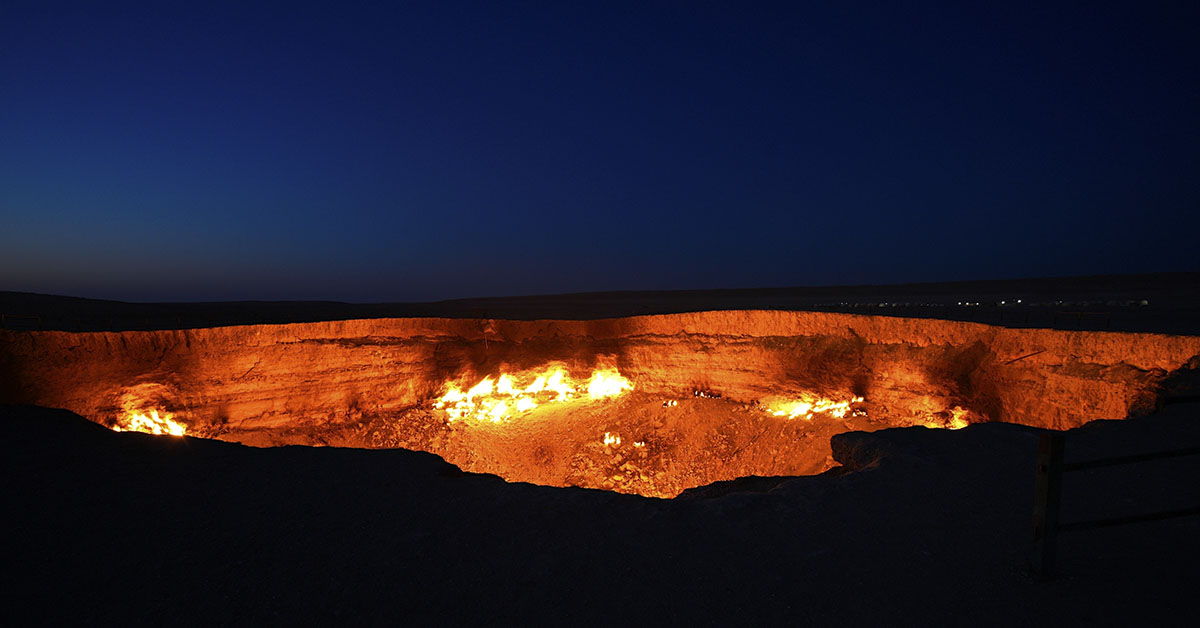In Turkmenistan’s Karakum Desert, a fiery pit has burned continuously for more than 50 years. Nicknamed one of the world’s most dramatic ‘Gates to Hell‘, this crater formed in 1971 during a Soviet drilling mishap. Hoping to stop methane from spreading, engineers lit the leaking gas on fire. They expected the blaze to last only a few days. Instead, it became an iconic landmark. Today, with the flames growing weaker, experts say Turkmenistan’s Door to Hell may finally be fading. Let’s explore the story behind this bizarre and legendary fire pit.
The Fiery Birth of the ‘Door to Hell’
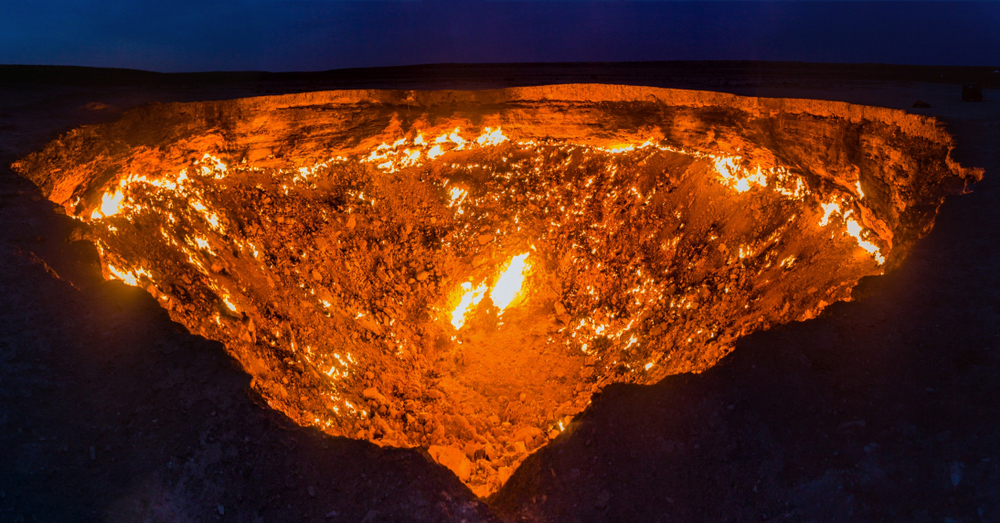
The origins of the Darvaza gas crater go back to a failed Soviet gas drilling operation in 1971. The ground collapsed into a vast cavern, and engineers ignited the escaping methane to prevent it from spreading. They believed it would burn out quickly. But the fire never stopped. The crater, 230 feet wide and 100 feet deep, glowed day and night. Its relentless blaze earned it the nickname Turkmenistan’s Door to Hell. What began as an accident turned into one of the most recognizable gates to Hell on Earth.
A Crater That Breathes Fire
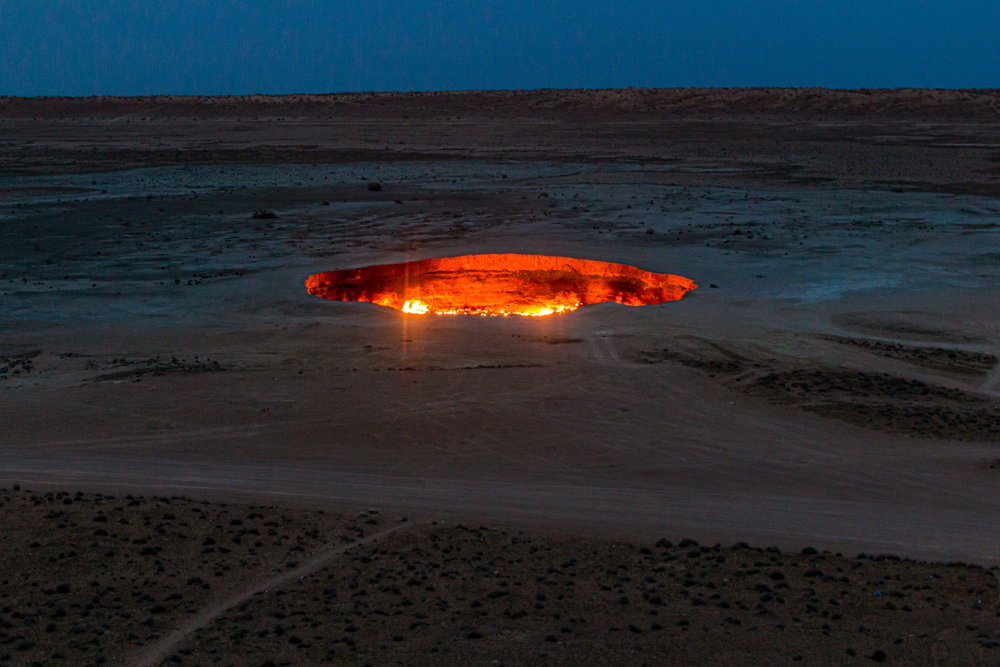
The crater isn’t just hot, it’s alive with noise and light. Flames erupt from cracks in the earth, and heat soars above 1,000°C. The roar echoes across the barren land. Some travelers say it feels like standing beside a jet engine. In 2013, explorer George Kourounis called it a “Colosseum of fire.” Long known as one of the world’s most active gates to Hell, the site’s glow was once visible from miles away. But today, that glow has dimmed, hinting at the Darvaza gas crater closing at last.
Signs the Fire Is Fading

Over time, the blaze has weakened. Visitors now must stand close to see the flames clearly. According to local energy officials, nearby gas wells now divert methane before it reaches the crater. This cuts off the fire’s fuel supply. Scientists and engineers believe this change is slowing the blaze. For the first time in decades, the gates to Hell may truly be closing. If the trend continues, this once unstoppable fire could flicker out completely.
Read More: Twin Sinkholes, Dubbed ‘Gates of Hell,’ Open Up 400 Miles Apart
An Accidental Science Lab
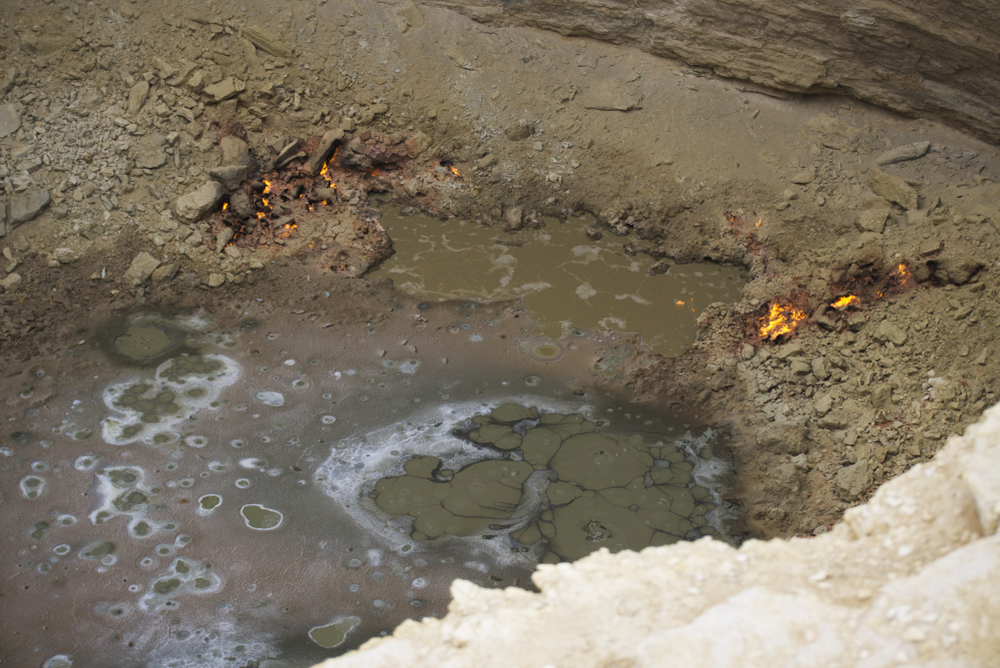
While terrifying to some, the crater has served science in unexpected ways. In 2013, Kourounis rappelled into the pit wearing heat-resistant gear. He collected samples from the crater floor. Researchers found heat-tolerant microbes, which may help in studying extreme environments. These organisms could even offer insight into life beyond Earth. As the closing of the Darvaza gas crater progresses, scientists fear they may lose access to this rare and valuable research site.
A Magnet for Curious Travelers
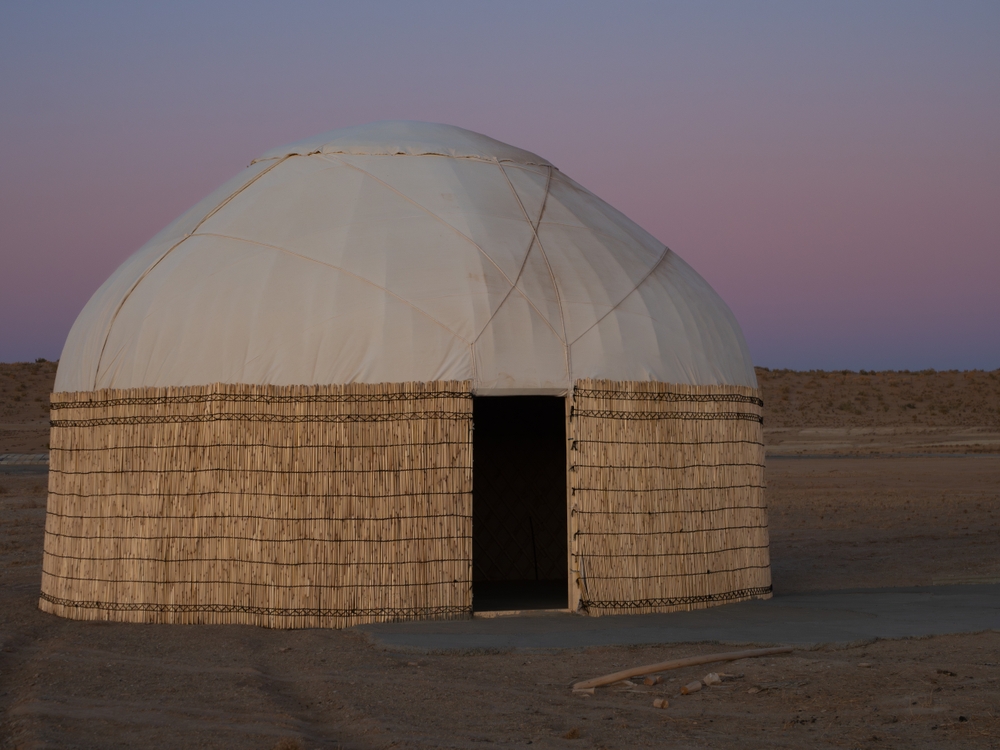
Despite its remote location, the site draws over 10,000 visitors a year. For many, seeing one of Earth’s gates to Hell up close is worth the desert journey. Tourists camp in nearby yurts and gather at night to watch the flames dance in the dark. Local guides tell stories of its origin and mystery. With signs pointing towards its dimming, interest in visiting has only grown. Many are now rushing to see it before the fire goes out.
Read More: 13 Facts That Are Terrifying Because They Are Real
The Government’s Push to Seal It

Turkmenistan’s leaders have long debated closing the crater. In 2022, President Gurbanguly Berdimuhamedow called for its extinguishment, citing environmental concerns and gas waste. Earlier attempts failed. But new strategies, like methane redirection, have shown real results. Officials hope this approach could finally end the fire. As the closing nears, the government faces a new question: Should this rare site be preserved or permanently shut down?
Earth’s Other Portals to the Underworld
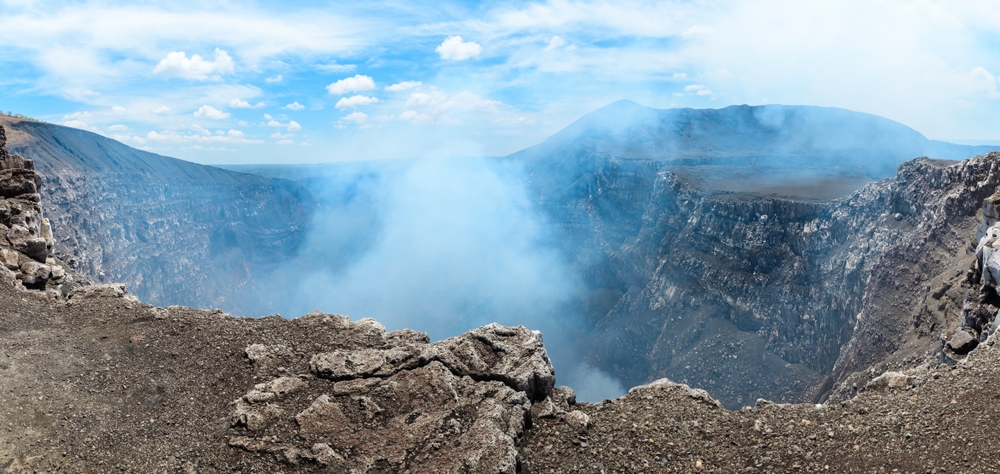
Though unique, Turkmenistan’s Door to Hell isn’t alone. Around the world, fiery craters and steaming fissures are often labeled gates to Hell. Sites like Nicaragua’s Masaya Volcano and Kenya’s Hell’s Gate stir similar wonder. However, the Darvaza crater’s accidental creation and long-running blaze set it apart. Its legacy, which is half disaster, half marvel, captures humanity’s curiosity about the unknown. Even if the fire dies out, its story will remain unforgettable.
Catch It While You Can
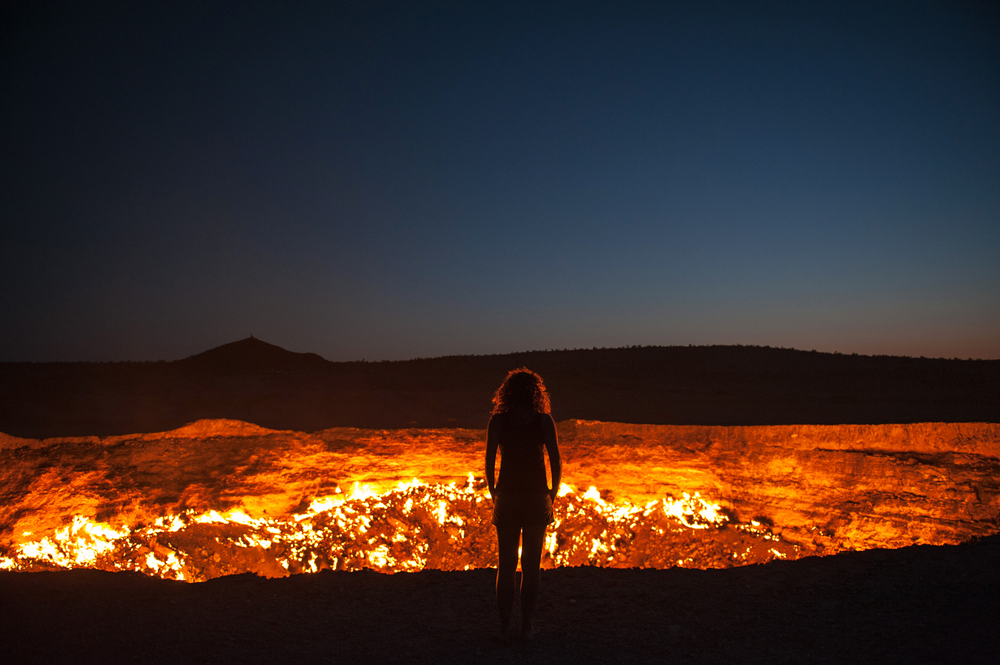
The slow fade of one of the world’s most famous gates to Hell marks the possible end of an era. From a Soviet miscalculation to a glowing tourist draw, it has burned through decades of history. Now, with the Darvaza gas crater closing, we may soon lose one of Earth’s most surreal wonders. Whether you’re a scientist, a traveler, or just curious, now is the time to see it. The flames may not last much longer, but their legend will.
Read More: 5 Places Around The World That People Consider ‘The Gates of Hell’
